Recommended Reading About Fish & Food
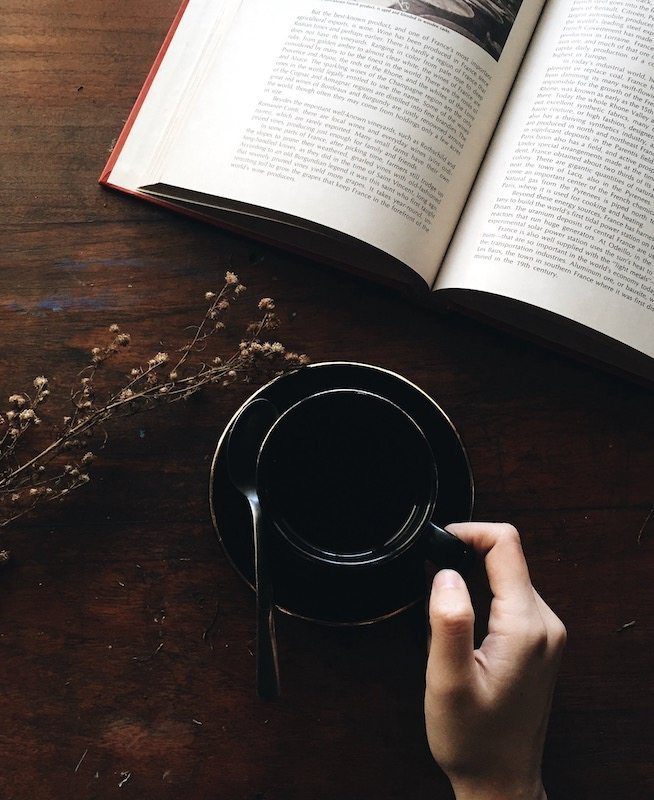
Like many of you, we care deeply about what we eat and where it comes from.
This includes seafood but also extends beyond the marine environment to everything on our plates. And part of that caring is learning as much as we can to understand the state of our food systems, what changes need to be made, and what impact we can make with our daily buying and eating decisions.
Here is our roundup of books that have helped us shape our position on seafood and our food system in general—in our humble opinion, must-reads for any modern eater.
Four Fish: The Future of the Last Wild Food by Paul Greenberg
A Good Read For: An introduction to the state of wild seafood today and what needs to be done to preserve it
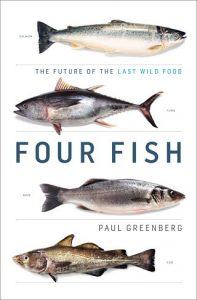 An entertaining and nuanced investigation into global fisheries, New York Times writer Paul Greenberg examines our relationship with wild fish. Greenberg challenges us to reevaluate whether fish are an expendable seafood or a wildlife desperately in need of our compassion. He finds that as wild fisheries are overexploited and many fish farmers ignore practical criteria in species for domestication—hardiness, freely breeding, and needing minimal care—instead, picking traditional wild-caught species like sea bass “a failure in every category.” Greenberg contends that ocean life is essential to feeding a growing human population and that we should seek to sustainably farm fish while maintaining functioning wild food systems.
An entertaining and nuanced investigation into global fisheries, New York Times writer Paul Greenberg examines our relationship with wild fish. Greenberg challenges us to reevaluate whether fish are an expendable seafood or a wildlife desperately in need of our compassion. He finds that as wild fisheries are overexploited and many fish farmers ignore practical criteria in species for domestication—hardiness, freely breeding, and needing minimal care—instead, picking traditional wild-caught species like sea bass “a failure in every category.” Greenberg contends that ocean life is essential to feeding a growing human population and that we should seek to sustainably farm fish while maintaining functioning wild food systems.
The Most Important Fish in the Sea by H. Bruce Franklin
A Good Read For: A cautionary tale
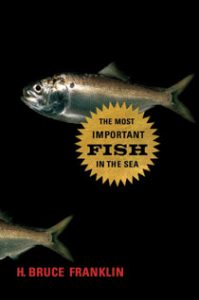 Franklin, a historian, was inspired to write this history of the all-but-extinct menhaden—a fish that’s served a critical part of the Atlantic coastal food web as well as human populations. Franklin spins a grim but compelling tale of the role menhaden play in maintaining habitats, their utility to early Americans and their collapse over the past 150 years. As the menhaden population thins out, so have bass, bluefish, weakfish, while estuaries suffer catastrophic phytoplankton blooms. This riveting narrative exposes the greed, short-sightedness and unintended consequences which nearly destroyed the Atlantic coast ecosystem, and continues to wreak havoc in the Gulf of Mexico.
Franklin, a historian, was inspired to write this history of the all-but-extinct menhaden—a fish that’s served a critical part of the Atlantic coastal food web as well as human populations. Franklin spins a grim but compelling tale of the role menhaden play in maintaining habitats, their utility to early Americans and their collapse over the past 150 years. As the menhaden population thins out, so have bass, bluefish, weakfish, while estuaries suffer catastrophic phytoplankton blooms. This riveting narrative exposes the greed, short-sightedness and unintended consequences which nearly destroyed the Atlantic coast ecosystem, and continues to wreak havoc in the Gulf of Mexico.
Bottomfeeder by Taras Grescoe
A Good Read For: Exploring the tension between bad farming and harvesting practices and delicious seafood experiences
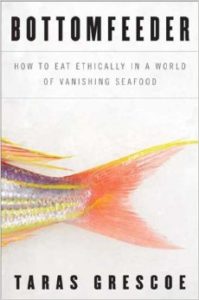 In this worldwide tour of fisheries, Grescoe whiplashes readers from ecological devastation to edible ecstasy and back again. He depicts the Chesapeake Bay, where over-harvested oysters are too few to do their filtering job. How Indian shrimp farms treated with pesticides, antibiotics and diesel oil are destroying mangroves, ecosystems and villages. And portrays the fate of sharks, finned for the Chinese delicacy shark-fin soup.These horrific scenes are interspersed with delectable meals of succulent Portuguese sardines which ends on a cautiously optimistic note: scientists know what steps are needed to save the fisheries and the ocean; we just need the political will to follow through.
In this worldwide tour of fisheries, Grescoe whiplashes readers from ecological devastation to edible ecstasy and back again. He depicts the Chesapeake Bay, where over-harvested oysters are too few to do their filtering job. How Indian shrimp farms treated with pesticides, antibiotics and diesel oil are destroying mangroves, ecosystems and villages. And portrays the fate of sharks, finned for the Chinese delicacy shark-fin soup.These horrific scenes are interspersed with delectable meals of succulent Portuguese sardines which ends on a cautiously optimistic note: scientists know what steps are needed to save the fisheries and the ocean; we just need the political will to follow through.
The Omnivore’s Dilemma by Michael Pollan
A Good Read For: Rethinking the way you eat and where you get your food
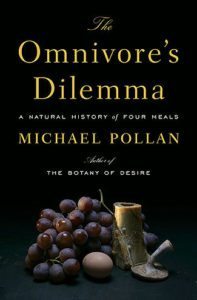 Pollan’s masterpiece examines “our national eating disorder” in this remarkably clearheaded book. It’s a fascinating journey up and down the food chain. One that might change the way you read the label on a frozen dinner, dig into a steak or decide whether to buy organic eggs. You’ll certainly never look at a Chicken McNugget the same way again. “The way we eat represents our most profound engagement with the natural world.” All food, he points out, originates with plants, animals and fungi. “Even the deathless Twinkie is constructed out of… well, precisely what I don’t know offhand, but ultimately some sort of formerly living creature.”
Pollan’s masterpiece examines “our national eating disorder” in this remarkably clearheaded book. It’s a fascinating journey up and down the food chain. One that might change the way you read the label on a frozen dinner, dig into a steak or decide whether to buy organic eggs. You’ll certainly never look at a Chicken McNugget the same way again. “The way we eat represents our most profound engagement with the natural world.” All food, he points out, originates with plants, animals and fungi. “Even the deathless Twinkie is constructed out of… well, precisely what I don’t know offhand, but ultimately some sort of formerly living creature.”
What to Eat by Marion Nestle
A Good Read For: A much-needed guide through our crowded and confusing food landscape
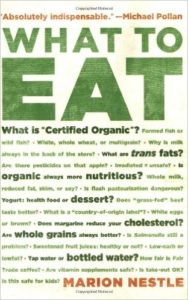 Nestle (Food Politics), argues that the increasing confusion about what to eat comes from two sources: experts who fail to create a holistic view by isolating food components and health issues, and a food industry that markets items on the basis of profits alone. The key to eating well, Nestle advises, is to learn to navigate through the aisles (and thousands of items) in large supermarkets. To that end, she gives readers a virtual tour; highlighting the main concerns of each food group, including baby, health and prepared foods and supplements.
Nestle (Food Politics), argues that the increasing confusion about what to eat comes from two sources: experts who fail to create a holistic view by isolating food components and health issues, and a food industry that markets items on the basis of profits alone. The key to eating well, Nestle advises, is to learn to navigate through the aisles (and thousands of items) in large supermarkets. To that end, she gives readers a virtual tour; highlighting the main concerns of each food group, including baby, health and prepared foods and supplements.